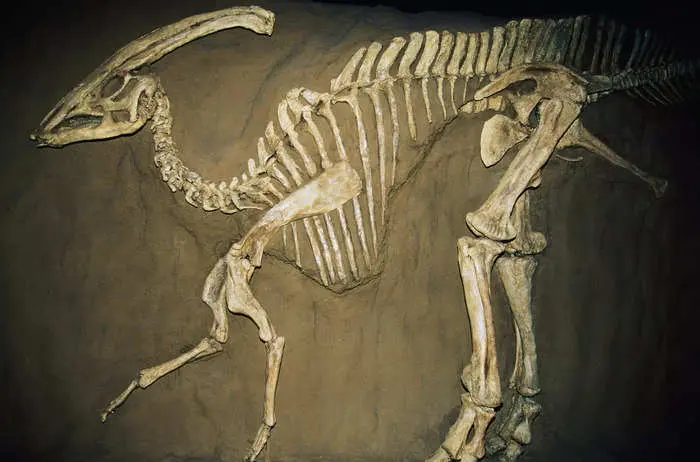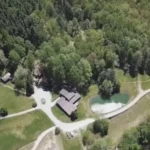
A gentleman in France stumbled upon a colossal dinosaur skeleton while out walking with his dog.
The titanosaur skeleton, which is almost 70% complete, was kept hidden to protect the site.
Around two years ago, a man discovered a fossil dating back 70 million years while walking his dog. However, he and local archaeologists chose to keep it a secret for fear of vandalism.
Damien Boschetto, aged 25, made the find in Montouliers, Hérault, France, roughly two years ago, as per Newsweek.
Boschetto notified the cultural, archaeological, and paleontological association in the nearby town of Cruzy about the discovery, according to the report.
This association identified the fossil as a nearly whole, 30-foot-long titanosaur fossil.
While paleontologists frequently unearth bones from creatures that roamed millions of years ago, stumbling upon a completely intact fossilized dinosaur skeleton is exceedingly rare. For example, research suggests there were 1.7 billion Tyrannosaurus rexes, believed to have lived 66 to 68 million years ago, yet fewer than 100 fossilized remains have been recovered.
Titanosaurs, a type of sauropod, were herbivores with elongated necks, noted Encyclopedia Britannica. These colossal plant-eaters were among the largest dinosaurs known, existing from approximately 150 to 66 million years ago across all continents.
Researchers found that the titanosaur fossil discovered by Boschetto was approximately 70% complete, according to Newsweek.
Boschetto recounted, as per the outlet, “While walking the dog, a landslide on the edge of the cliff exposed the bones of various skeletons,” adding, “They were fallen bones, therefore isolated. We realized after a few days of excavations that they were connected bones.”
For two years, Boschetto and the researchers kept the find under wraps to safeguard the site from potential vandals, as reported by Newsweek.
Once the bones have been thoroughly examined by researchers, Boschetto’s titanosaur is slated to be exhibited at the Cruzy Museum, which also houses another titanosaur femur discovered in 2012.
Boschetto revealed to The Washington Post that he has a passion for paleontology. Francis Fages, the director of the Cruzy museum, informed the Post that Boschetto’s volunteer work at the museum over the past two years had greatly benefited its paleontology department.
Fages stated to the outlet, “These discoveries are valuable from a scientific perspective as they enhance our understanding of the late Cretaceous species and ecosystems in France and Europe.”
Boschetto resigned from his job in the energy sector in September to pursue a master’s degree in paleontology, as reported by the Post.




